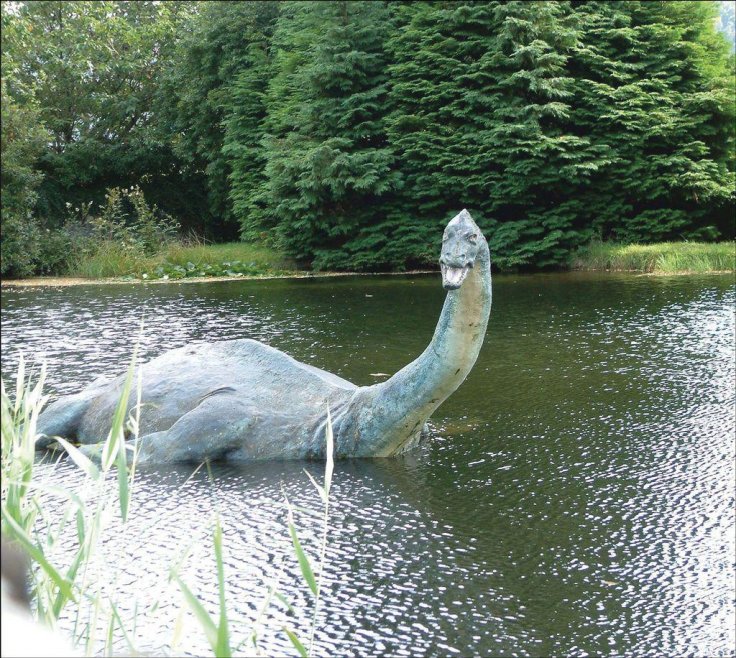The largest effort to search for the Mysterious Loch Ness Monster began in Scotland on Saturday, August 26. A report from the news agency AFP explains that this expedition will use drones with special cameras, boats with cameras that can see heat, and a device underwater to listen to. The people looking for the 'monster' think that the cameras that can see heat could help find unusual things deep in the water that don't make sense.

Two hundred volunteers are to help record natural - and any unusual - sights on Loch Ness from vantage points on land. Almost 300 have signed up to monitor a live stream from the search, which is taking place on Saturday and Sunday.
Alan McKenna, who is part of the Loch Ness Exploration team, said, "We've always wanted to watch, study, and understand all kinds of natural actions and events that might be hard to explain."
Nessie the Loch Monster
A very old Water creature affectionately called Nessie is said to inhabit Loch Ness in the Scottish Highlands. It is often described as large, long-necked, and with one or more humps protruding from the water. The first written story about the monster goes back to the year 565 in a story about an Irish monk named Saint Columba. In the story, the monster attacked someone swimming, but when Columba told it to go away, it did.
In May of 1933, a newspaper wrote about a couple who saw something big and strange in the water while they were driving next to the lake. They said it looked like a big wave and splashed around like a pot of boiling water. In that same year, the Daily Mail newspaper asked Marmaduke Wetherell, a hunter from South Africa, to find the sea serpent.
Wetherell found big footprints that he thought came from a strong animal about 20 feet long. But later, experts said those footprints were made using things like an umbrella stand, not from a real animal. In 1934, a doctor named Robert Wilson took a picture that seemed to show the monster's head and long neck coming out of the water. They put this picture in the Daily Mail, but later they found out it was not real.
For many years, both scientists and regular people have tried to find proof of a big fish in the lake. Some people think the monster might be a very old water dinosaur. Paul Nixon, who takes care of the Loch Ness Centre, said, "This weekend, we have a chance to look in the water in a new way. We are excited to see what we can find."








